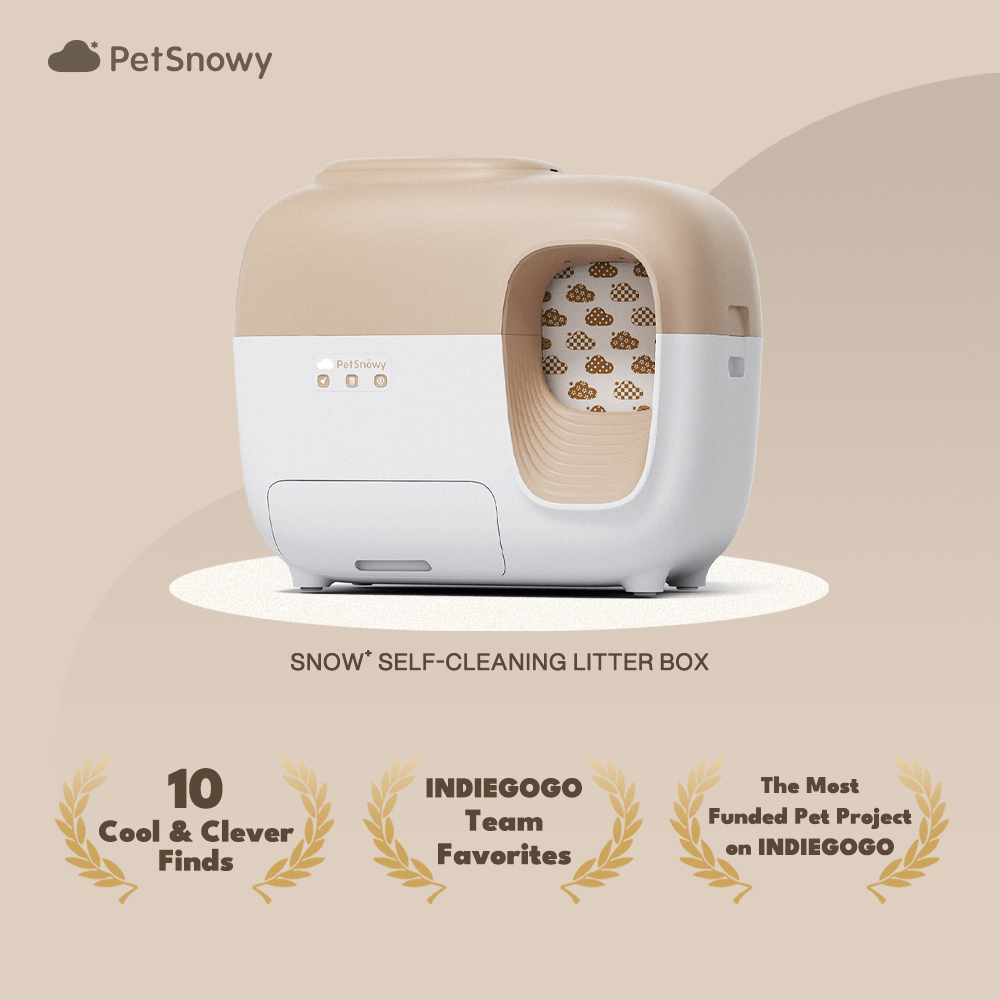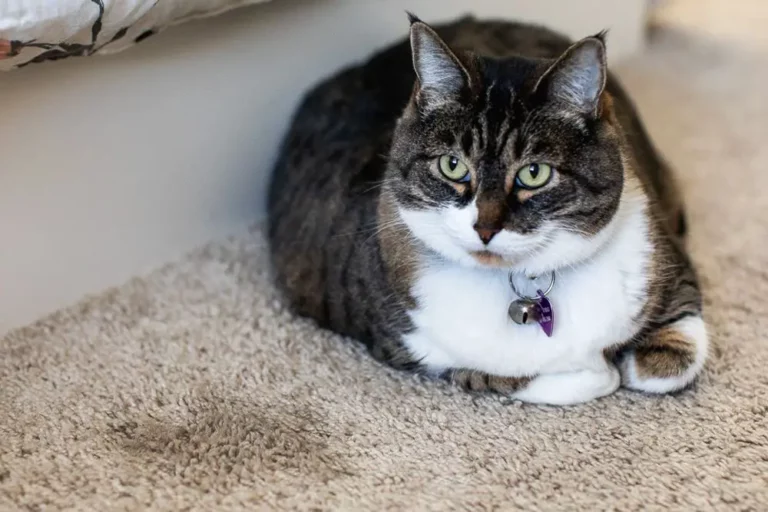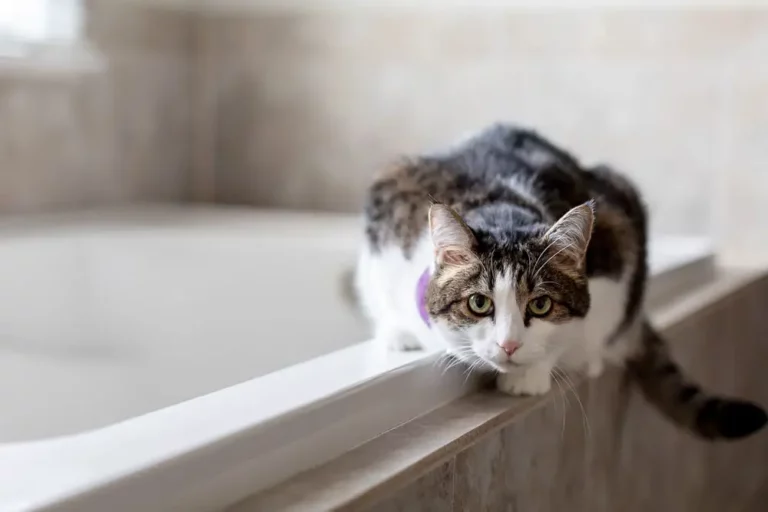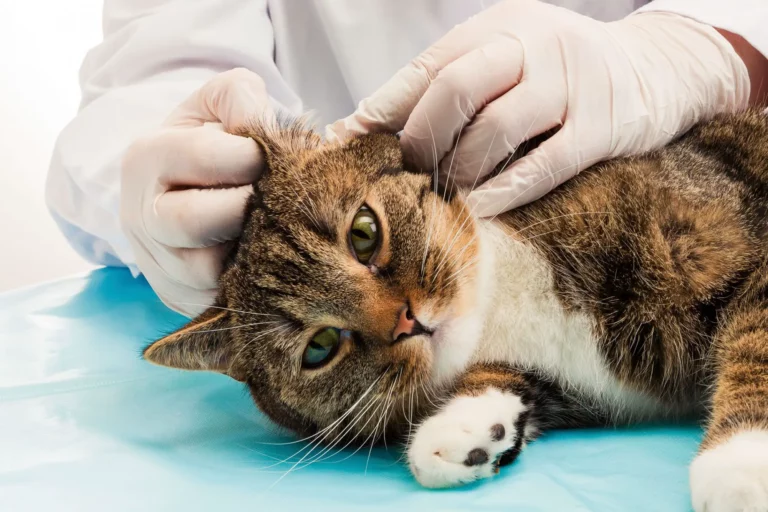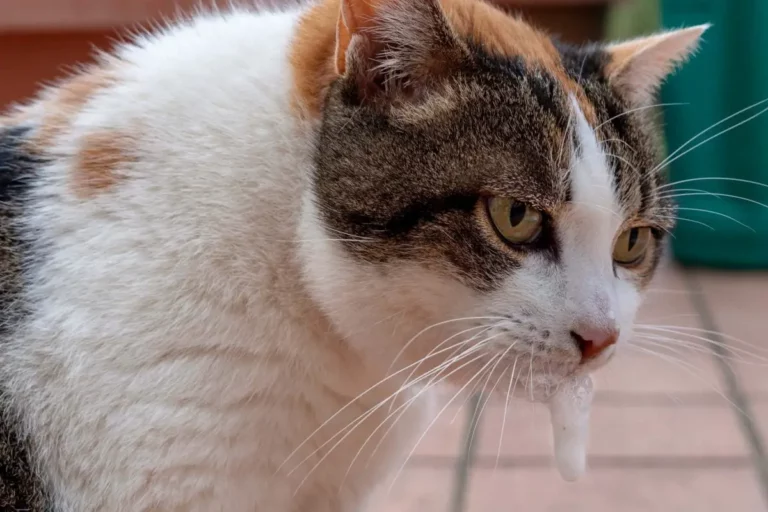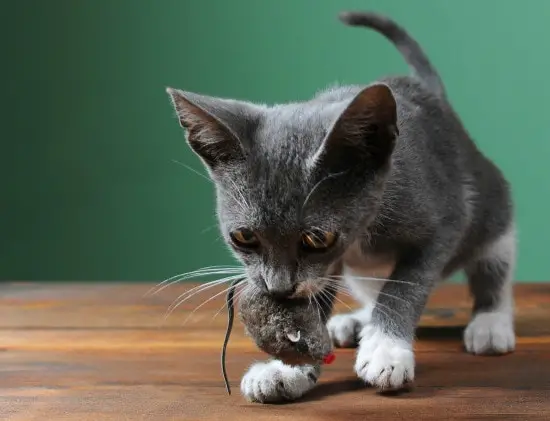How to Get Cat Poop Out of Carpet? (Effective Methods & Prevention)
A clean and odor-free home is essential for maintaining a healthy and comfortable living environment.
For cat owners, one common challenge is dealing with cat poop accidents on carpets.
These incidents can leave unsightly stains and unpleasant odors that can be difficult to remove.
This article covers various methods to effectively remove cat poop stains and odors from your carpet, along with preventive measures to help you avoid these accidents in the future.
By understanding how to tackle these situations, you can ensure that your home remains clean and fresh, providing a welcoming space for both you and your feline friend.
Assess the Situation
Before diving into the cleaning process, it’s important to assess the situation and understand the type of stain you’re dealing with. This will help you choose the most effective cleaning method and prevent any potential damage to your carpet.
Identify the type of stain
- Fresh stains: These are recent accidents that have not yet dried or set into the carpet fibers. Acting quickly in these situations will make it easier to remove the stain and odor.
- Dry or set-in stains: Older stains that have dried or set into the carpet may require more effort and specialized cleaning techniques to fully remove the stain and odor.
Evaluate the carpet material and colorfastness
- Carpet material: Different carpet materials, such as wool, nylon, or polyester, may require different cleaning solutions and techniques. Check the carpet manufacturer’s recommendations for cleaning specific materials.
- Colorfastness: Before using any cleaning solution, it’s essential to test it on an inconspicuous area of the carpet to ensure it doesn’t cause discoloration or damage to the fibers. If the color doesn’t bleed or fade, it’s safe to proceed with the cleaning process.
Tools and Materials
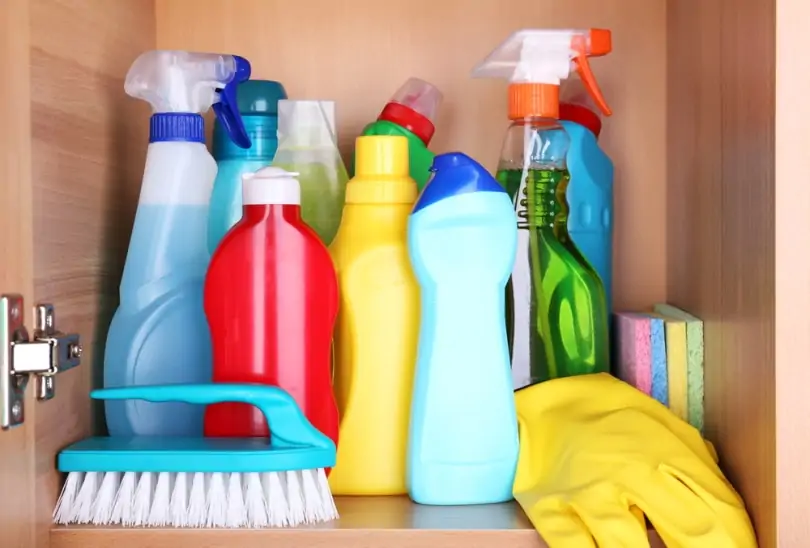
Having the right tools and materials on hand will make the cleaning process more efficient and help you achieve the best results. Here is a list of items you will need to remove cat poop stains and odors from your carpet effectively:
Gloves and paper towels
- Wearing gloves will protect your hands from coming into contact with the cat poop, while paper towels will help you pick up solid waste and blot the stained area.
Baking soda or cornstarch
- These natural absorbents are useful for soaking up moisture and neutralizing odors from dry or set-in stains. Choose either baking soda or cornstarch depending on your preference or availability.
Enzymatic cleaner or vinegar solution
- Enzymatic cleaners are specifically designed to break down organic matter, such as cat poop, and eliminate odors. Alternatively, a vinegar solution (1 part white vinegar to 3 parts water) can also be used as a natural and effective stain remover.
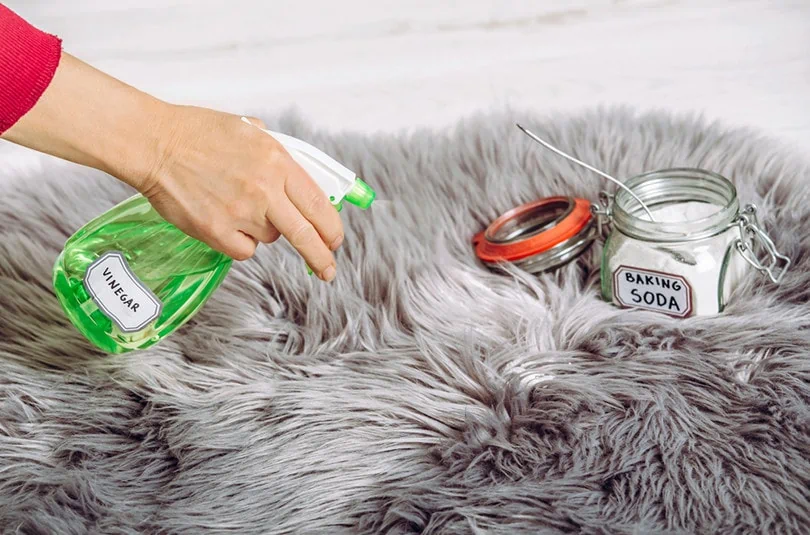
Soft-bristle brush or cloth
- A soft-bristle brush or a clean cloth will help you gently agitate the stained area without damaging the carpet fibers. Be sure to use a brush with soft bristles or a non-abrasive cloth to avoid causing any harm to your carpet.
Vacuum cleaner
- A vacuum cleaner will be used to remove any baking soda or cornstarch residue after treating a dry or set-in stain. Make sure to use a vacuum without a beater bar to avoid damaging the carpet fibers.
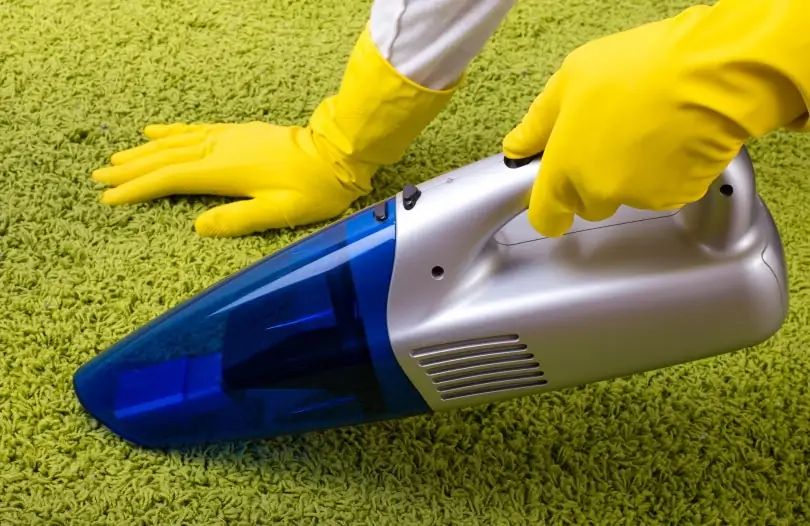
No products found.
Step-by-Step Cleaning Guide
Following a systematic approach to cleaning cat poop stains will help you achieve the best results. Here’s a step-by-step guide to effectively remove fresh, dry, or set-in stains from your carpet:
Removing Fresh Poop Stains
- Pick up solid waste with gloves and paper towels: Carefully remove as much solid waste as possible using gloves and paper towels. Dispose of the waste in a sealed bag to prevent odors from spreading.
- Blot the area with a damp cloth: Use a clean, damp cloth to gently blot the stained area, removing any remaining residue. Be careful not to rub or scrub, as this can push the stain deeper into the carpet fibers.
- Apply a stain remover: Apply an enzymatic cleaner or vinegar solution to the stained area, following the manufacturer’s instructions or recommended ratios. Be sure to cover the entire stain to ensure effective removal.
- Gently agitate the stain with a soft-bristle brush or cloth: Use a soft-bristle brush or a clean cloth to gently work the stain remover into the carpet fibers. Work from the outside of the stain towards the center to prevent spreading.
- Rinse and blot the area: After allowing the stain remover to work for the recommended time, use a clean, damp cloth to rinse the area and remove any residue. Blot the area dry with a clean, dry cloth or paper towels.
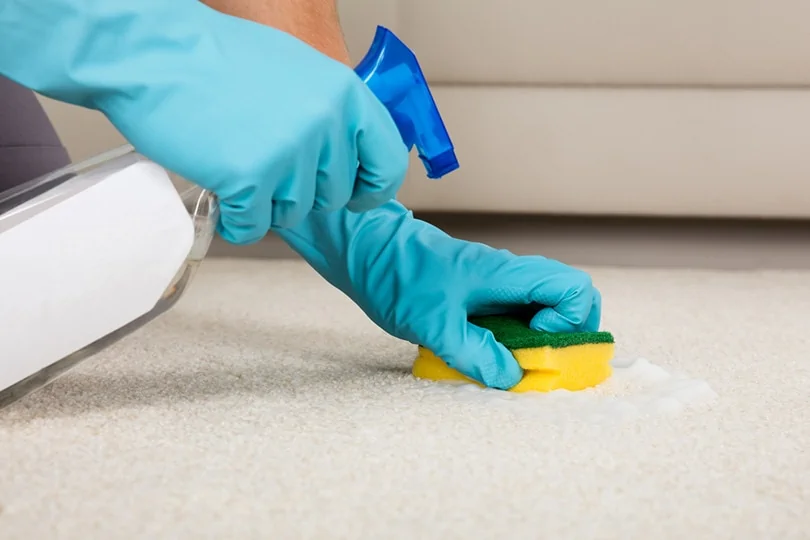
Treating Dry or Set-In Stains
- Scrape off any remaining solid waste: If any solid waste is still present, use a blunt object, like a spatula, to carefully scrape it off without damaging the carpet fibers.
- Apply baking soda or cornstarch to absorb moisture: Sprinkle a generous amount of baking soda or cornstarch over the stained area to absorb any remaining moisture and neutralize odors. Allow it to sit for at least 30 minutes, or until the powder has fully absorbed the moisture.
- Vacuum the area: Use a vacuum cleaner to remove the baking soda or cornstarch residue, ensuring a clean surface for the next steps.
- Follow steps 3 to 5 from the “Removing Fresh Poop Stains” section: Proceed with applying a stain remover, agitating the stain, and rinsing and blotting the area as described for fresh poop stains.
Dealing with Persistent Odors
- Apply an enzymatic cleaner or vinegar solution: If a lingering odor remains after cleaning the stain, reapply an enzymatic cleaner or vinegar solution to the affected area, ensuring thorough coverage.
- Allow the solution to work for the recommended time: Give the cleaner enough time to break down the odor-causing compounds. This may require a longer waiting period than the initial cleaning.
- Blot and rinse the area: Use a clean, damp cloth to blot and rinse the area, removing any residue from the cleaning solution.
- Dry the area thoroughly: Ensure the area is fully dry to prevent mold or mildew growth. You can use a clean, dry cloth, paper towels, or a fan to help speed up the drying process.
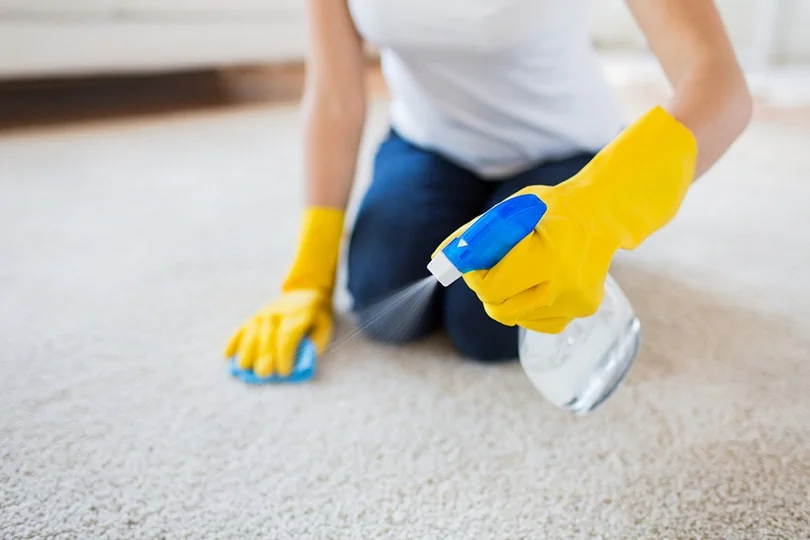
Preventive Measures
Taking preventive measures can help reduce the likelihood of cat poop accidents on your carpet. Here are some tips to keep your home clean and minimize the chances of dealing with stains and odors:
Keeping the litter box clean
Regularly cleaning your cat’s litter box will encourage them to use it consistently. Scoop waste daily and change the litter completely at least once a week. Clean the litter box with mild soap and water during the full litter change to keep it fresh and odor-free.
Training your cat to use the litter box
If your cat is new to your home or has a history of accidents, spend time reinforcing litter box training. Provide positive reinforcement and rewards when your cat uses the litter box correctly. Make sure the litter box is easily accessible and in a quiet, low-traffic area.
Providing multiple litter boxes for multi-cat households
If you have more than one cat, it’s essential to provide multiple litter boxes to prevent territorial disputes and ensure each cat has a designated spot. The general rule of thumb is to have one litter box per cat, plus one extra.
Using a carpet protector or placing a mat under the litter box
To minimize the chances of accidents and protect your carpet, consider placing a carpet protector or washable mat under the litter box. This will catch any stray litter or waste, making clean-up easier and protecting your carpet from potential stains.
Frequently Asked Questions
Here are some frequently asked questions related to removing cat poop stains and odors from carpets, along with helpful answers to guide you through the cleaning process:
Can I use bleach to remove cat poop stains from the carpet?
Bleach is not recommended for removing cat poop stains from carpets, as it can cause discoloration and damage to the carpet fibers. Instead, opt for an enzymatic cleaner or a vinegar solution, which are safer and more effective options.
Are there any natural alternatives to commercial stain removers?
Yes, a vinegar solution (1-part white vinegar to 3 parts water) is a natural alternative to commercial stain removers. It’s effective at breaking down stains and neutralizing odors without using harsh chemicals.
How can I prevent my cat from pooping on the carpet?
To prevent your cat from pooping on the carpet, make sure to keep the litter box clean, train your cat to use the litter box consistently, and provide multiple litter boxes if you have more than one cat. Additionally, using a carpet protector or placing a mat under the litter box can help minimize accidents.
Can I use a steam cleaner to remove cat poop stains?
Using a steam cleaner can help remove stubborn stains, but it’s essential to first remove solid waste and treat the area with an enzymatic cleaner or vinegar solution. Steam cleaning without pre-treatment may cause the stain and odor to set deeper into the carpet fibers, making it more difficult to remove.
How often should I clean my cat’s litter box to prevent accidents?
To prevent accidents, scoop your cat’s litter box daily and change the litter completely at least once a week. Additionally, clean the litter box with mild soap and water during the full litter change to keep it fresh and odor-free.
Final Thoughts on How to Get Cat Poop Out of Carpet
Dealing with cat poop stains and odors on your carpet can be a challenging task, but with the right tools, materials, and techniques, you can effectively remove these stains and maintain a clean, fresh-smelling home.
Remember to act quickly when accidents occur, assess the situation, and follow a systematic cleaning process to achieve the best results.
Additionally, implementing preventive measures, such as maintaining a clean litter box and reinforcing litter box training, will help minimize the chances of future accidents.
By taking these steps, you can ensure that your home remains a welcoming and comfortable environment for both you and your feline friend.
Resources:

